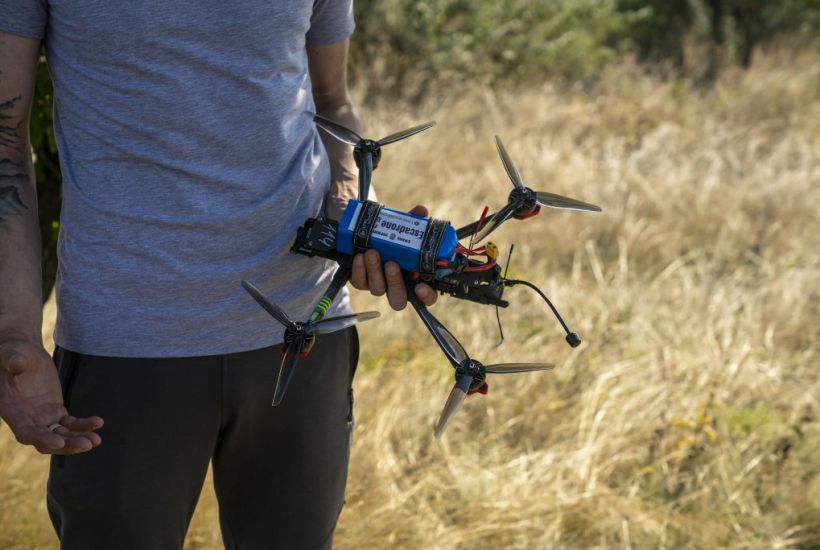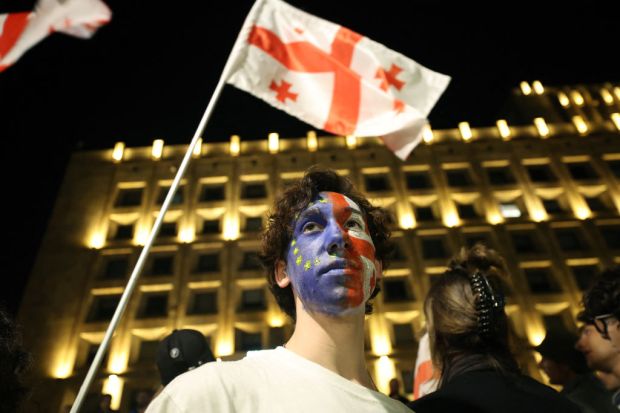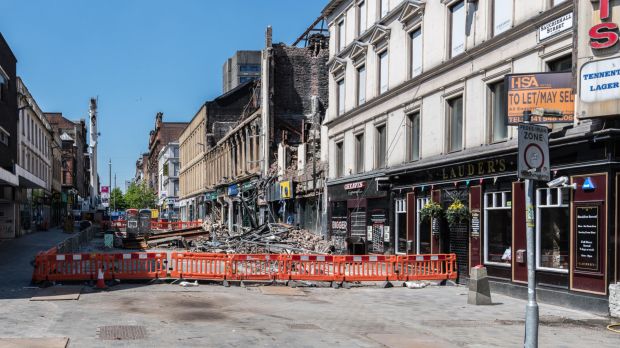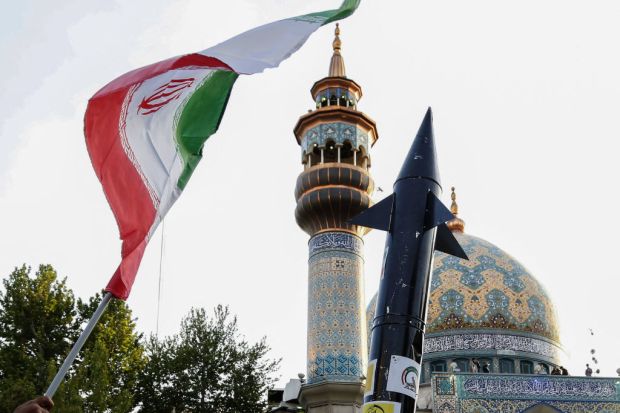The West is struggling to confront the modern military technologies of Russia, Iran and China. A year and a half of the war in Ukraine has proved it. Iran has exported cheap Shahed-136 kamikaze drones to Russia, and they have been used to terrorise Ukrainians. Putin appears ready to invest further in procuring thousands more. Sir Tony Radakin, chief of the defence staff, said this week that, in response, the British Army wants to create regiments of kamikaze drone pilots. He’s right to do so.
Iran’s drones are cheap to make, estimates say around £15,000 each, but the air defences needed to shoot them down are far more expensive. This difference between how western countries wage war, investing in expensive weapon systems that take many years to develop and procure, compared to how Russia and Iran are fighting, presents a challenge for the future of combat. Israel, similarly, learned over the years that it needed to reduce the cost of intercepting missiles fired from Gaza, and has invested in laser air defences for its Iron Dome system. When it comes to drone warfare, cheaper drones are likely the future.
When drones first appeared on battlefields in the 1980s, they were designed to be used in place of piloted aircraft, usually for missions that were considered dirty and dangerous. This meant developing drones, such as the US-made Predator and Global Hawk, that could fly for hours and were packed with expensive surveillance equipment. During the 1990s, as these weapons were developed, the West was relaxing in the wake of the Cold War, confident that a new world order would mean defence industries could tinker and take its time with expensive projects (like stealth, fifth-generation aircraft) drones became flying Bentleys. The US Global Hawk, for instance, costs up to £160 million.
The British Army wants to create regiments of kamikaze drone pilots
Over the last two decades, Iran and China have pioneered new types of drones. China’s commercial DJI drones have taken over most global markets for small, recreational quadcopters. They can be packed with small explosives or used on the battlefield to help infantry and artillery spot enemies. Over time, western militaries have also adopted a plethora of smaller drones, such as the Wasp, Raven and Puma; but they are more expensive than Iran’s kamikaze attack planes. Recently, western militaries recently begun to acquire kamikaze drones, which are usually called ‘loitering munitions.’ These weapons loiter over a battlefield and then slam into a target, destroying themselves on impact. AeroVironment’s Switchblades are seeing increasing use, but again they’re expensive, and they’re not used frequently enough.
The wars of the future will require different weapon systems, both to shoot down cheap threats, and also to fight enemies on the battlefield. Every military revolution has a point like this, like the first time a plane sank a giant battleship. New weapons make older platforms irrelevant. The Maginot line, for instance, was easily breached by Germany despite France’s massive investment. Western countries should learn from the experience in Ukraine. The West doesn’t need drones like the Shahed, which is slow and easy to shoot down, but it needs to field large numbers of expendable drones in any future conflict, and it should look to increase the number and types of systems it acquires.
Weaponising commercial drones is not an answer, because modern jamming can easily neutralise most of them. Instead, investing in expendable quadcopters and other systems that are similar to commercial drones is the right path for western militaries.
Got something to add? Join the discussion and comment below.
Get 10 issues for just $10
Subscribe to The Spectator Australia today for the next 10 magazine issues, plus full online access, for just $10.



















Comments
Don't miss out
Join the conversation with other Spectator Australia readers. Subscribe to leave a comment.
SUBSCRIBEAlready a subscriber? Log in